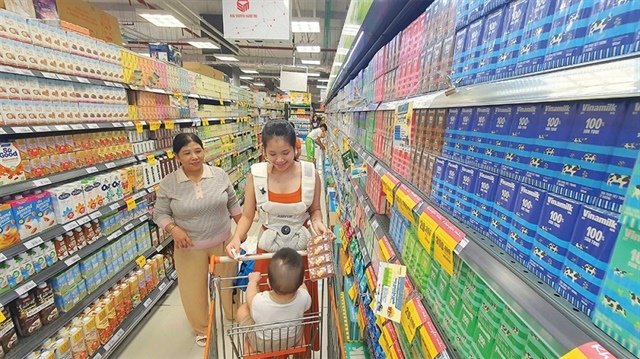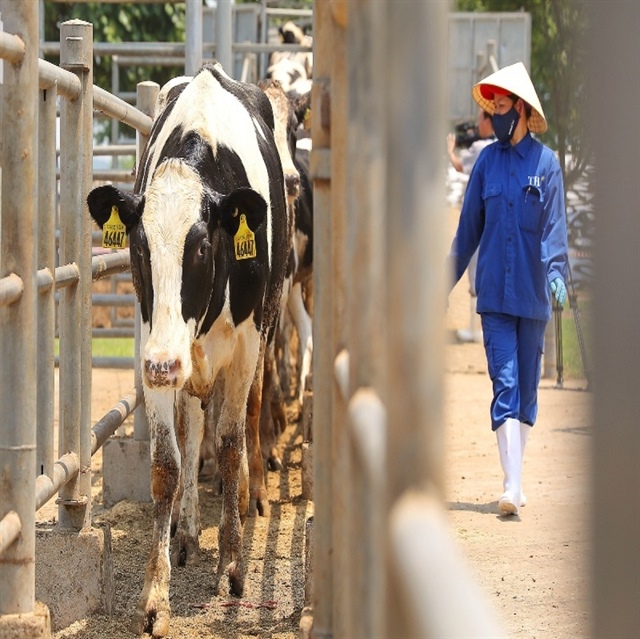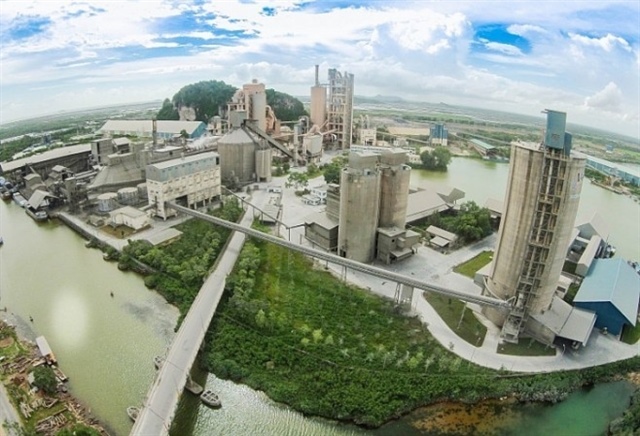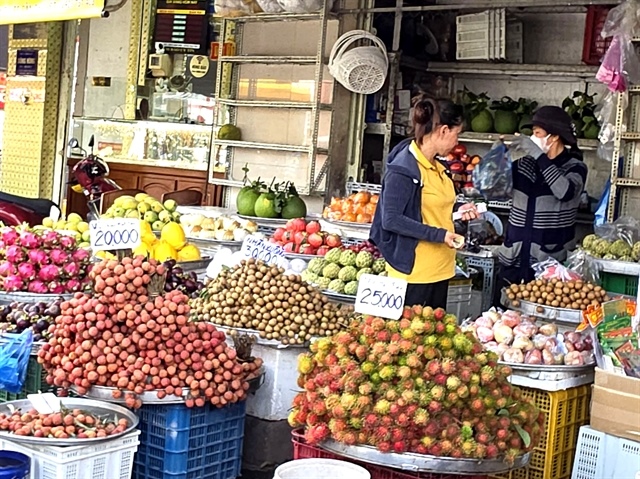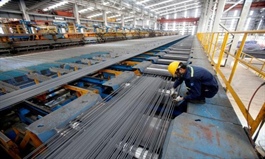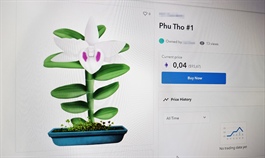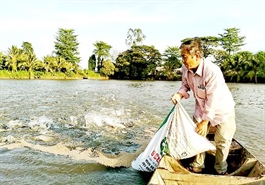Fertiliser exports reach record high
Fertiliser exports reach record high
Viet Nam exported nearly 616,000 tonnes of fertiliser for US$213 million from the beginning of the year to mid-June, up 49 per cent in volume and 1.76 times in value from the same period last year.

Statistics from the General Department of Customs showed this was the first time the country saw fertiliser exports hit this record high in both quality and quantity after more than eight years of shipping fertiliser to overseas markets.
During the period, Cambodia, Malaysia and Laos were the top importers while the Philippines and Mozambique markets emerged as promising markets for Vietnamese fertiliser, the department noted.
Trade experts attributed the period's positive export performance to the fact that from the end of 2020 some fertiliser manufacturers signed contracts for delivery in the first quarter of 2021, to reduce their inventories and balance domestic supply and demand.
Previously, 2021 was forecast to be a difficult year for the fertiliser market with a high inventory of goods, and the possibility of natural disasters, such as drought in the southwestern, southeastern and Central Highlands regions, as well as floods in the northern region.
Viet Nam is home to four fertiliser factories, namely Phu My, Ca Mau, Ninh Binh and Ha Bac, producing about 2.5 million tonnes of urea per year. These factories sell only 1.8 million tonnes of urea per year, resulting in more than 500,000 tonnes of urea being stockpiled annually, so they have to find ways to export the excess urea.
Nhan Dan (The People) newspaper quoted Nguyen Thi Hien, Deputy General Director of PetroVietnam Ca Mau Fertiliser JSC (PVCFC), as saying that as the fertiliser oversupply situation in the country led to high inventories, PVCFC has made efforts to seek export outlets such as the Philippines, Cambodia and some African nations.
Thanks to close geographic location and low logistics costs, Cambodia was the leading market of PVCFC, consuming between 80,000 and 130,000 tonnes of fertiliser each year, Hien said.


